Recipe Writing Tips And Template - How To Write A Good Recipe
Writing a recipe sounds easy but it requires a proficient and explicit touch. A poorly written recipe might result in loosing the interest of the user or wastage of time and money. So, you have to put your best foot forward. Whether you are writing down a family favorite or writing for a food blog, learning how to properly write a recipe is a valuable skill any food lover can use. So, here are 7 simple and effective steps to write an award winning recipe:
Title
The Title constitutes the most important part of every recipe. Title is what illustrates your recipe. Precision is critical when trying to finesse a title because it sets clear expectations for your readers. The most important rule of title is to respect the reader’s experience. If you set high expectations in your title that you can't fulfill in the content, you'll lose readers' trust. Feel free to add a little fun and make it catchy! Do not select long titles. According to a survey, titles between 8–12 words in length got the most Twitter shares on average. As for Facebook, headlines with either 12 or 14 words received the most Likes.
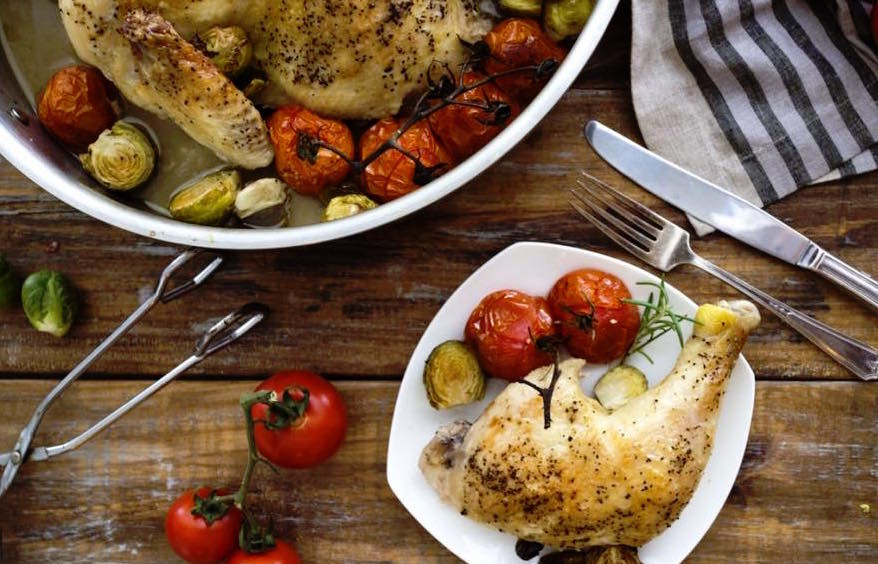
Description
Now is your chance to make the reader’s mouth water! Give a brief background on the recipe or share a bit of history behind the dish. Over the years, after multiple experimentations I have learnt that when people click on a Title, the first thing they read is, what the recipe is about. So you need to ask yourself a list of questions for each description of the recipe
What is the recipe about? Is it as easy as pie? If so how long does it take to cook? Any cooking techniques you would like to highlight? Will it be a belly pampering treat for the house party? Will it be palatable for the tiffin of your kid or soul mate? Since people are getting more health conscious these days, so what is the nutritional value?
Most important – You have to end it with - How to serve and when to serve and what to serve it along with.
Ingredients
Most of the time people want a speedy and a hassle free dish, so it’s good to keep the list of ingredients short, without complicating it. If your recipe has too many ingredients, then split it into sections and try to avoid unnecessary ingredients.
Rules for listing ingredients: Don’t use short forms or abbreviations. People find it hard to decode the short forms when they are reading, trying to understand the recipe and trying to cook at the same time. So, please be very complete in your language and communication of ingredients. List your ingredients in the logical order, as they appear in the method.
.jpg)
Method of Preparation
It is important not to assume that your reader understands a particular method of cooking since you will be writing for readers located globally. So be specific and explain the process precisely. Keep the sentences short and concise as far as possible. Mention the heat of the cooking medium (high heat, low or medium heat). Indicate the size of cookware, utensils or bowls that will be used, like a large sauté pan or a 2 quart casserole dish, etc Write about every step of the process, including turn the heat to low, simmering, adding water, salts, etc. If your recipe has an ingredient that may not be available easily, suggest an alternative. Add a tip on how you know when the food is cooked. Finally end with how you will serve it and what to serve it along with.
Photographs
Good photographs along with the Title tempts the reader to go over the recipe. Choose a camera with a good resolution or hire a photographer if needed.
Don’t be afraid of taking lots of photos from different angles, so that you get a choice to select the best picture. Don’t forget to use props. Jazz up your photo with a napkin to enhance the vibrancy of a particular nectarous ingredient or some sparkling cutlery to make it look like you’re about to dig in. Find more about food photography tips for food bloggers here.
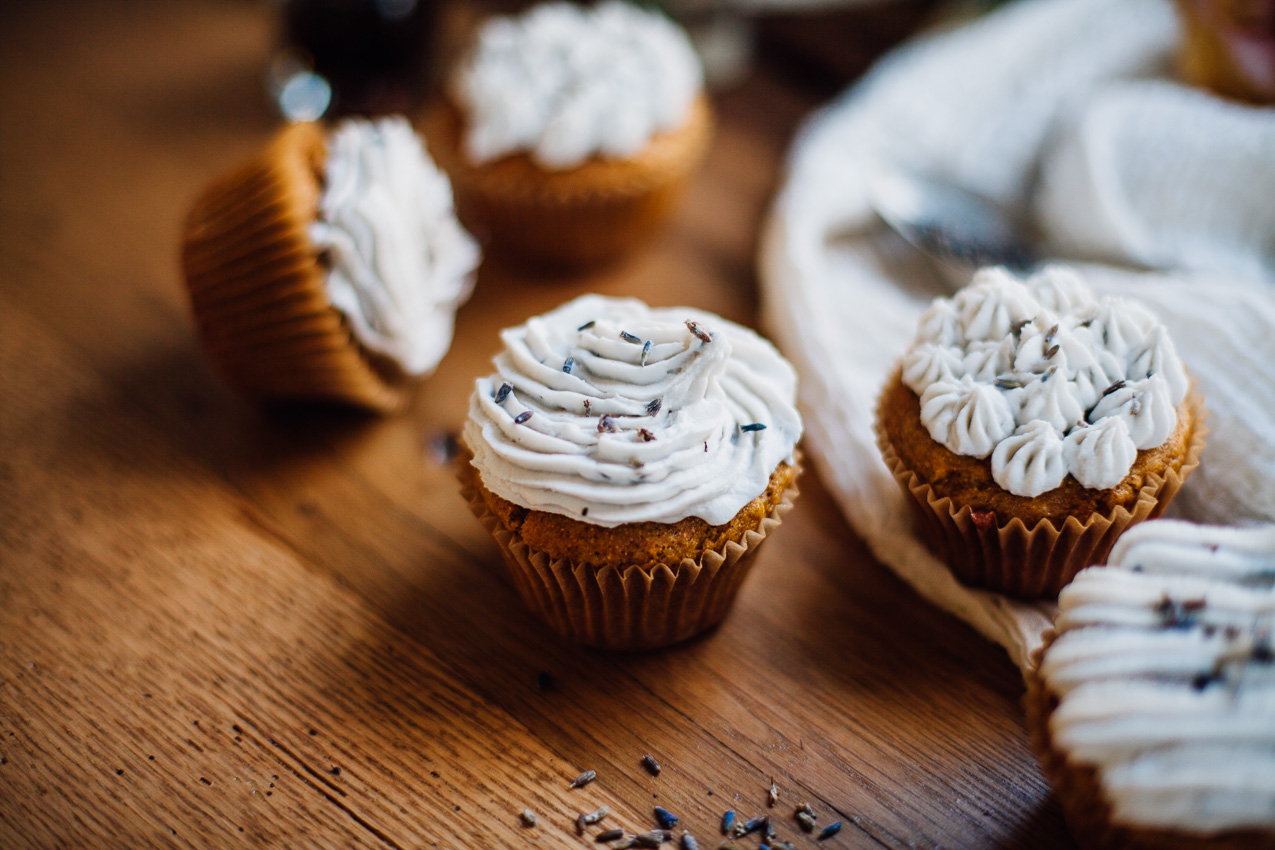
Don’t Forget Testing
Test your recipe twice, at the very least. Use proper scales, spoon measures and heat intensity or oven temperatures. Go ahead, write and have fun cooking.
Notes
Don’t forget to add notes. This is where your creativity comes in. Tell the user, what differently you did and why. Or any other thoughts that entered in your mind when you created this recipe. Write about the enticing aroma that filled in the air when you used a particular ingredient. This will create a toothsome picture in the mind of the user. End the food recipe blog with a ‘Flavor the recipe with a smile while cooking’ note.
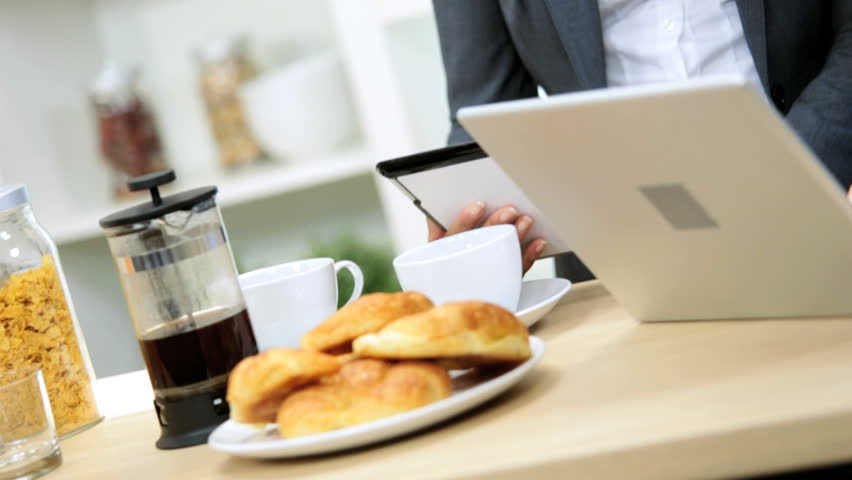
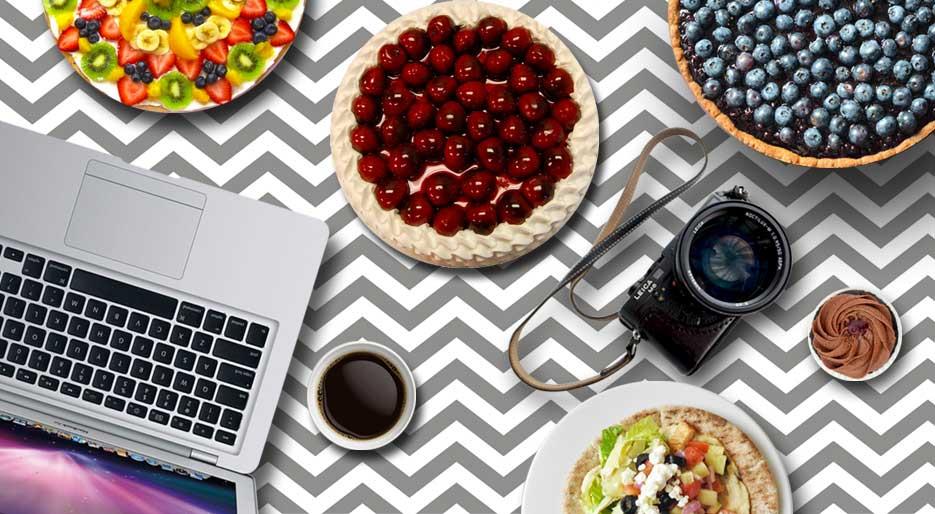
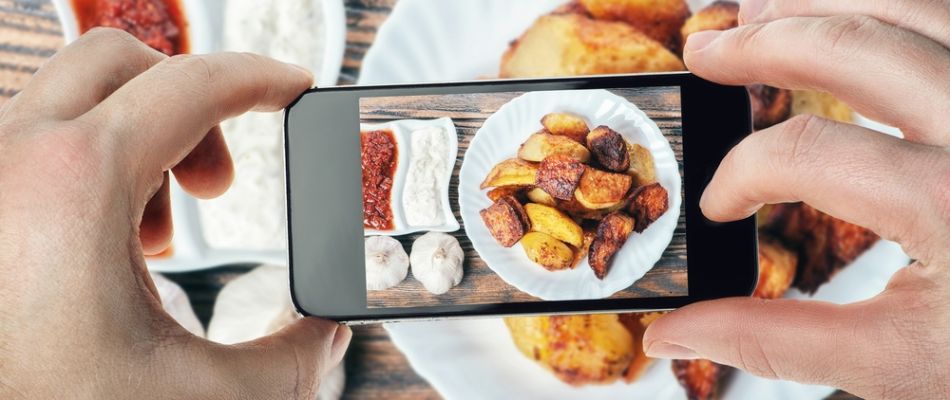
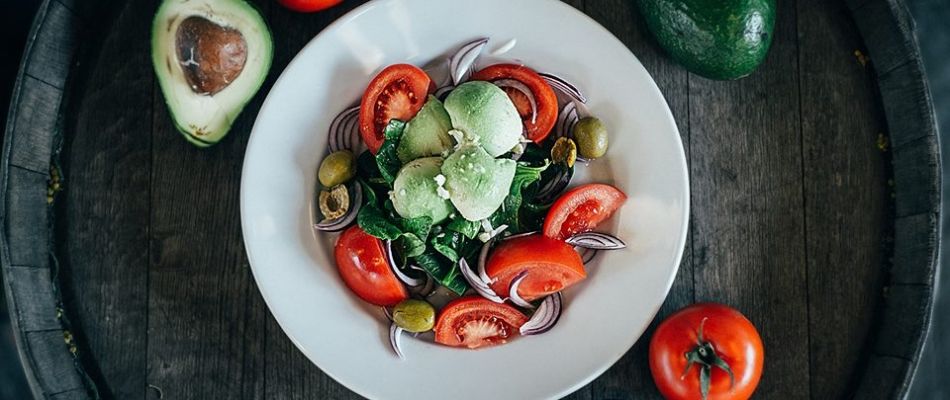
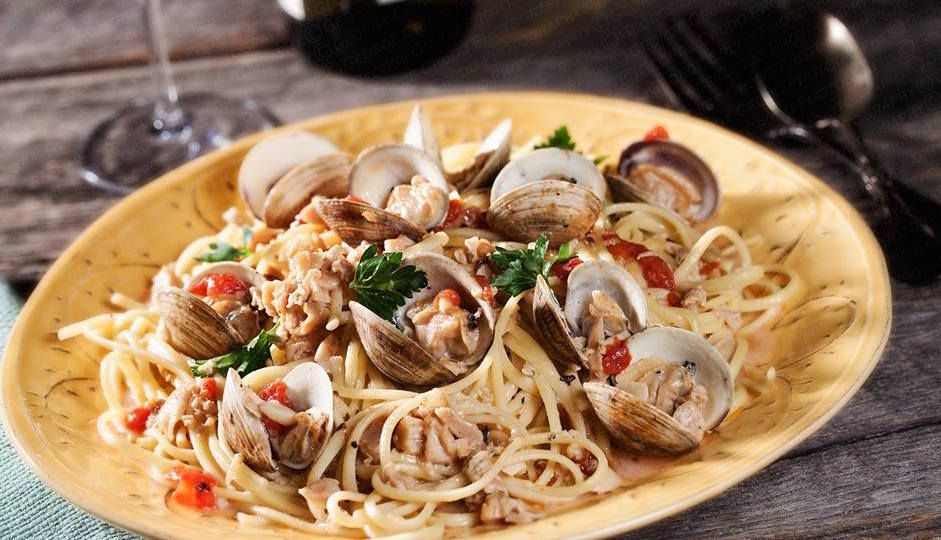
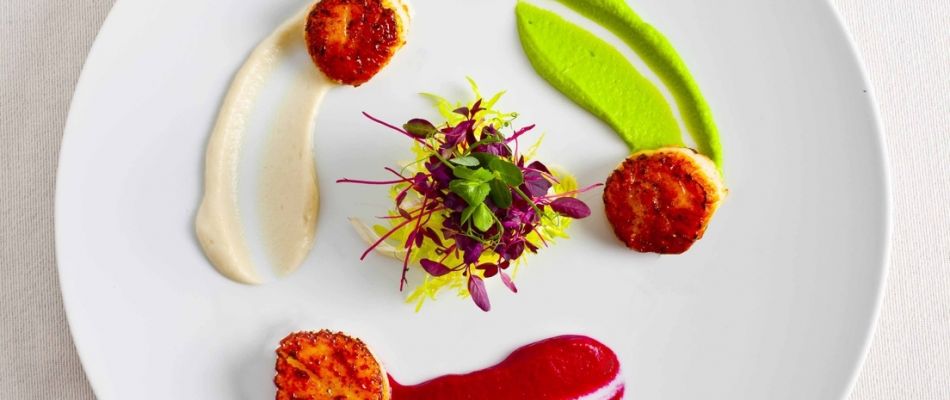
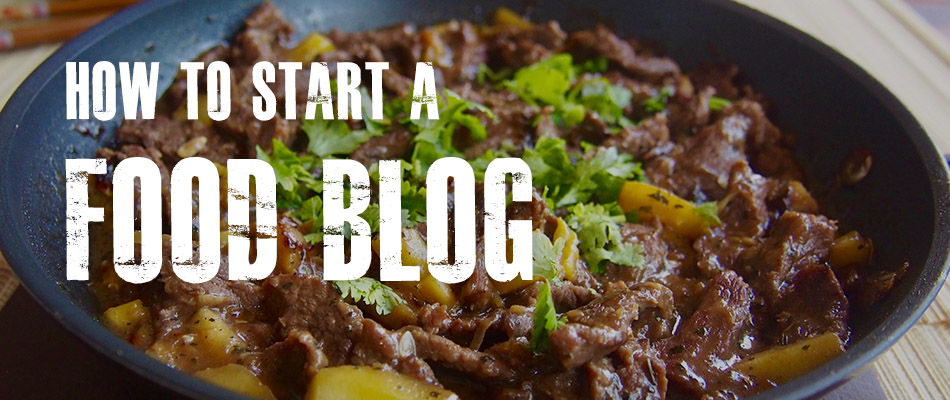
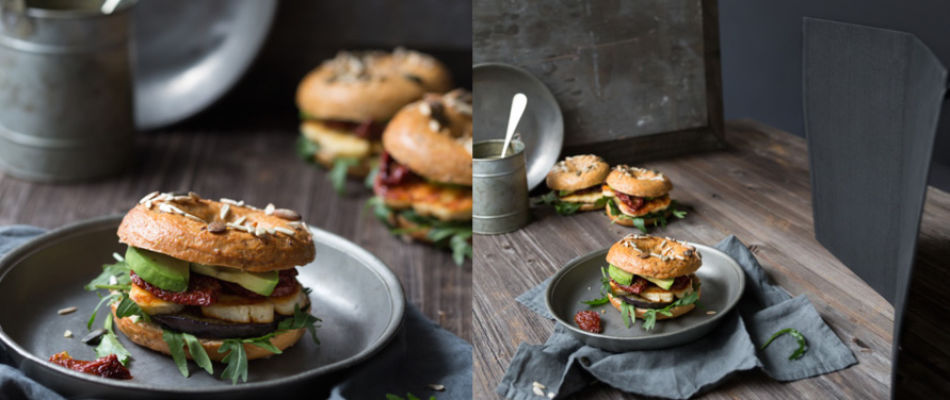

Leave your comment
Please login in order to submit your comment.Comments